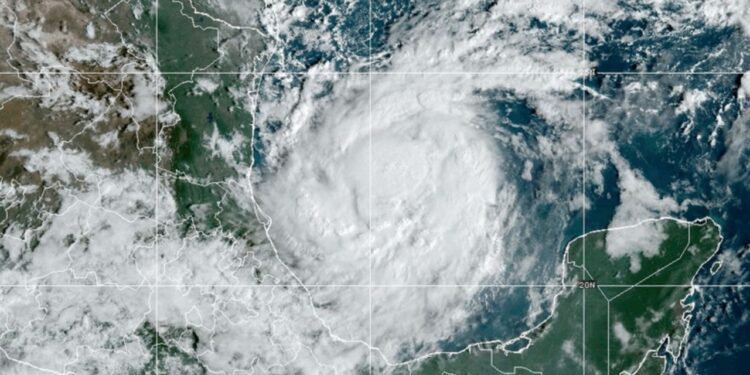As Hurricane Milton barrels towards the Florida coast, bringing with it powerful winds and the potential for widespread disruption, the ability to communicate remains paramount. In today’s high-tech era, our smartphones are more than just devices; they are lifelines. This is especially true during emergencies such as hurricanes, where traditional communication infrastructures like cell towers and Wi-Fi networks are susceptible to damage. Fortunately, recent advancements in technology have equipped modern smartphones with satellite connectivity, providing a critical communication link when all else fails.
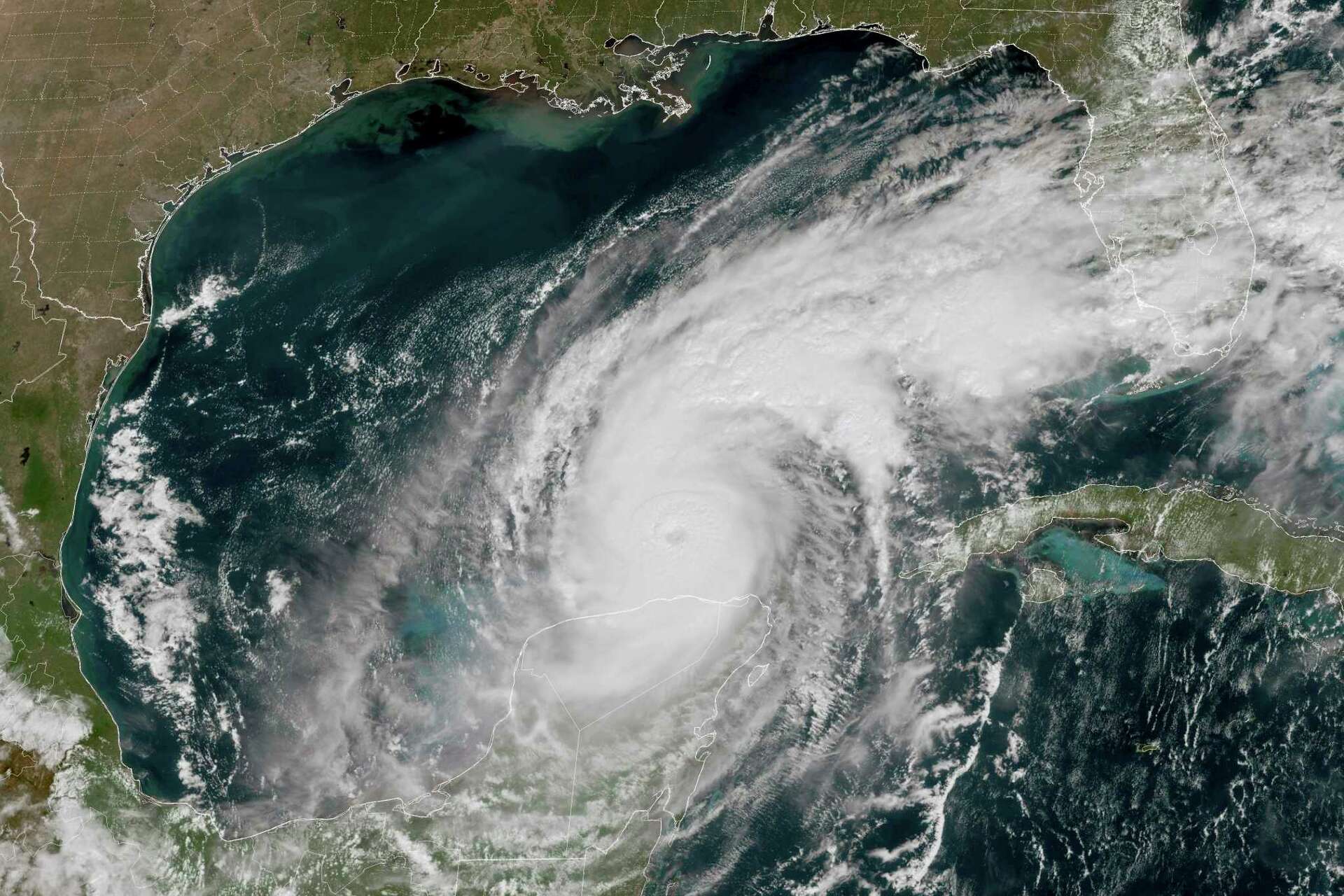
How Satellite Technology Keeps You Connected
The latest models of the iPhone, specifically the iPhone 14, 15, and 16, have introduced a groundbreaking feature that allows users to dial 911 and send messages via satellite. This development comes as part of the iOS 18 update, which was rolled out in September, enhancing the resilience of these devices during severe weather events. Users need no special setup to access this service—just a clear view of the sky.
“Messages via Satellite” is an innovative feature that has proven its worth during recent storms like Hurricane Helene. To utilize this function, users must enable iMessage and follow straightforward instructions under their phone settings to establish a satellite connection. This feature not only facilitates communication with emergency services but also supports text messaging and location sharing, albeit with longer transmission times due to the satellite relay.
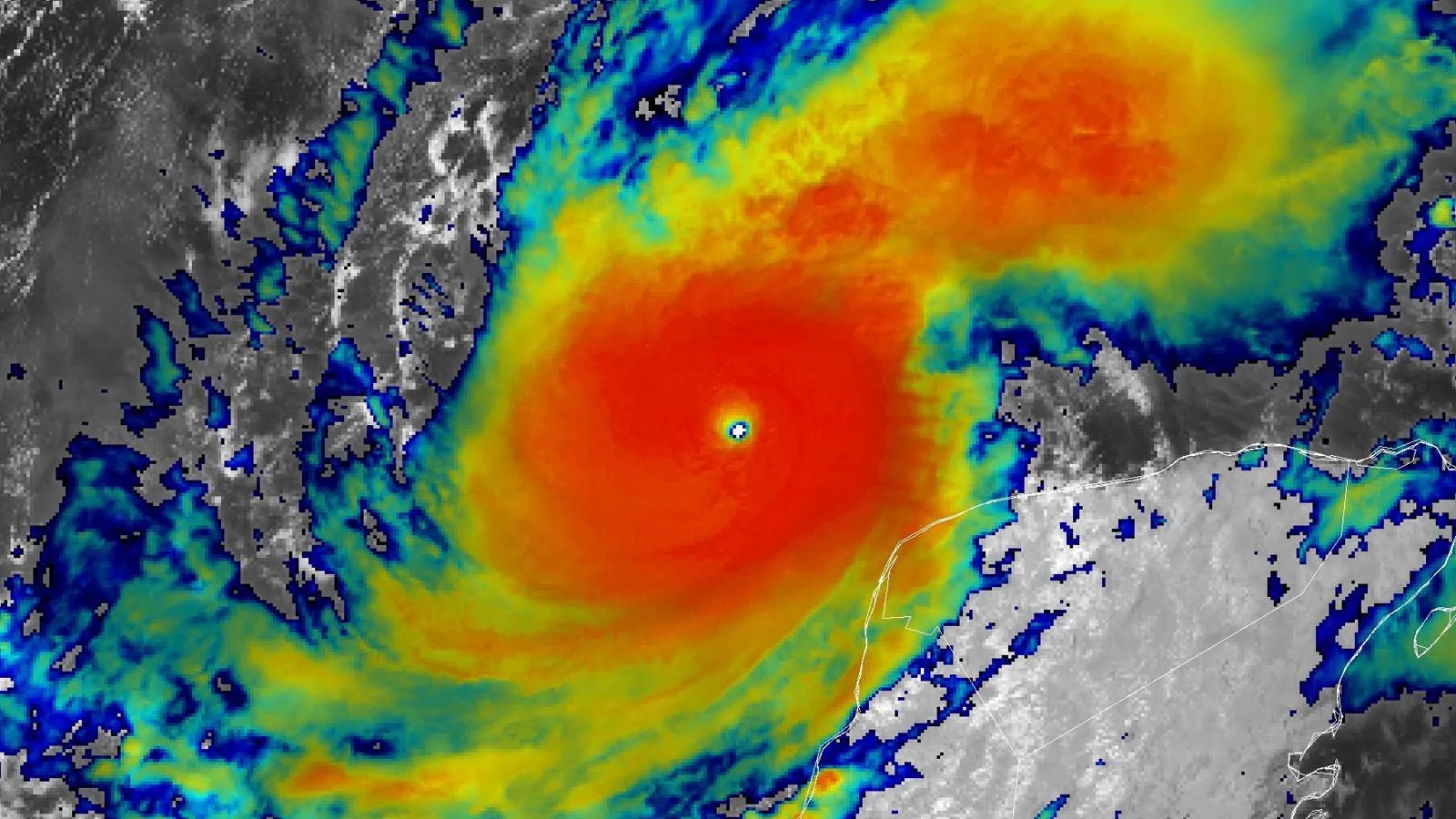
Preparing Your Device for Emergency Situations
With Hurricane Milton approaching, it is crucial to know how to prepare your smartphone to maximize its utility in an emergency:
- Ensure that your device’s software is updated to the latest version to have access to all available emergency features.
- Familiarize yourself with the process of activating satellite communications. Apple advises users to be outdoors with a clear line of sight to the sky and horizon for optimal connectivity.
- Set up a family sharing group ahead of time. This allows designated emergency contacts to reach you via satellite-supported SMS, even without your initiation.
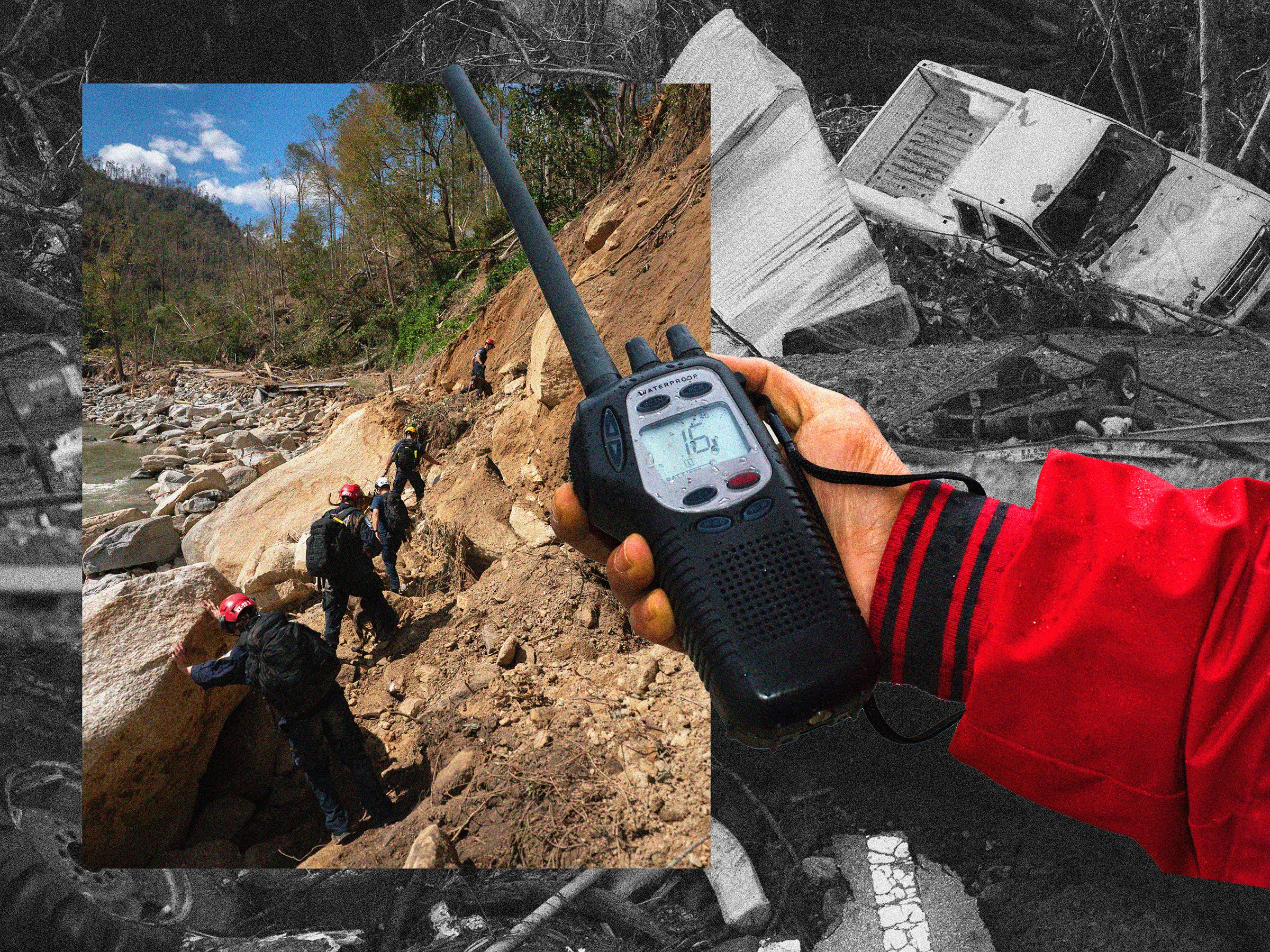
The Expanding Universe of Satellite Emergency Services
Apple isn’t the only tech giant integrating satellite features into their devices. Google’s latest offerings, including the Pixel 9 series, come equipped with emergency satellite features as well. Like Apple, Google requires users to initiate these services by calling 911, after which the phone will provide options for satellite SOS and an emergency questionnaire.
These features underscore a significant shift in smartphone capabilities, expanding their role from everyday devices to essential tools for emergency preparedness and response. “Connection and response times can vary based on location, site conditions, and other factors,” Google states, reminding users that while satellite technology is a vital fallback, it is subject to environmental variables.
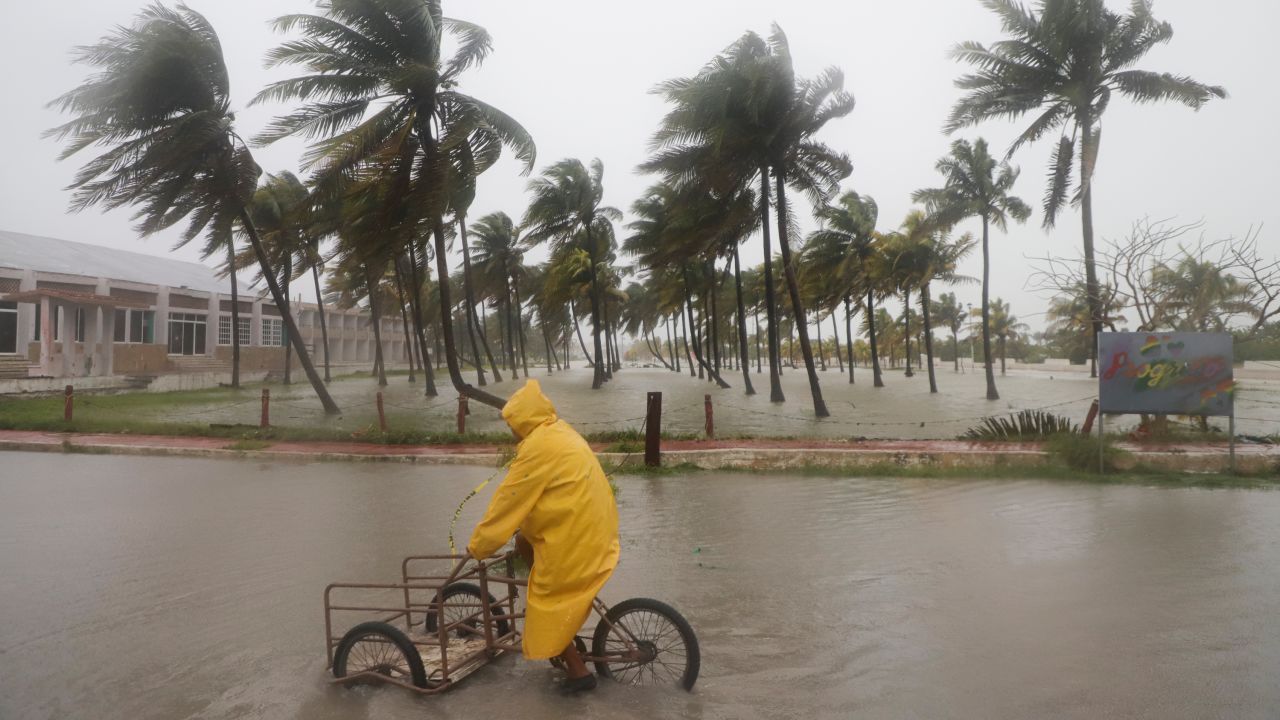
The Future of Emergency Communication
The incorporation of satellite messaging in smartphones marks a critical evolution in how we prepare for and respond to emergencies. As hurricane season intensifies, these features are not just convenient—they could be lifesaving. The technology offers reassurance that even when cut off from the world, we can reach out for help and let our loved ones know we are safe.
As Hurricane Milton nears, residents in affected areas are advised to stay informed and prepare their emergency kits and plans, including familiarizing themselves with their smartphones’ satellite features. In an age where technology and preparedness intersect, staying connected is just a clear view of the sky away.

